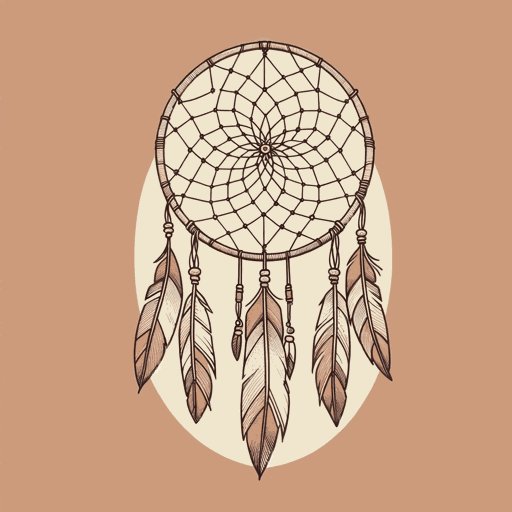71 pages • 2 hours read
David TreuerThe Heartbeat of Wounded Knee
Nonfiction | Book | Adult | Published in 2019A modern alternative to SparkNotes and CliffsNotes, SuperSummary offers high-quality Study Guides with detailed chapter summaries and analysis of major themes, characters, and more.
EpilogueChapter Summaries & Analyses
Epilogue Summary
When Europeans made their first contact with Indigenous populations around 1500 CE, Indigenous people numbered around five million in North America and existed within over 500 distinct tribes. Four hundred years later, there were only 237,000 Indigenous people all over the US. Indigenous people also had only three percent of the land in their possession. Still, Indigenous people lived on and continue to prod the American public on modern questions regarding environmental protections and the extent to which corporate interests overwhelm the public good.
Wounded Knee was “the last major armed conflict between Indian tribes and the U.S. government” (452), but Indigenous people have fought many other battles against the federal government. Indigenous parents fought to keep their children; Indigenous children sent to boarding schools fought to remember their parents and traditions; and Indigenous leaders fought allotment and termination.
Treuer asserts that his account is an attempt “to remember the good and the bad, the personal and the social” and to remember the details of Indigenous people’s lives (454). Indigenous tribes are, he argues, the heartbeat of the US republic.
Related Titles
By David Treuer



